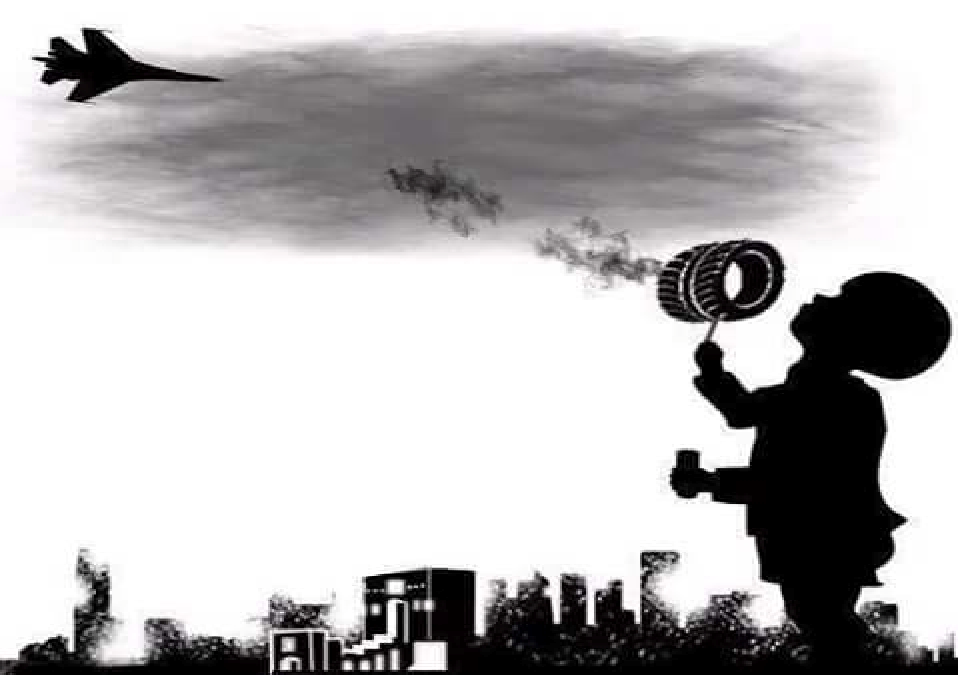Aleppo residents combat inaction on airstrikes by burning tires. In defiance of the world’s silence, the people of Aleppo decided to help stop the offensive themselves. By burning tires, they are obstructing the war planes and creating a de facto no-bombing zone. Armed opposition groups have started an offensive to break the siege. The activists PAX spoke to inside Aleppo are hopeful that this grassroots strategy will succeed in reducing civilian harm. As the attacks continue, Aleppo is becoming a new symbol of the perseverance of the Syrian people.
When the Assad regime and its allies cut off Castello Road, the only access road to East Aleppo, around 300,000 people came under direct threat of starvation. Additionally, medical facilities are increasingly being attacked, drastically reducing already limited capabilities to treat the sick and wounded, including new injuries from the airstrikes. Humanitarian agencies called for immediate access and an end to the attacks on medical facilities, and the Dutch Minister of Foreign Affairs called in The Independent for the prevention of a new ’Srebrenica’.
UN led humanitarian corridors
Despite these horrific attacks and potential for an even greater crisis, the international community has not reacted with much strength or unity. The sole response is the proposal from the Assad regime and Russia for ‘humanitarian corridors’. According to a statement by the European Union humanitarian corridors “should be led and monitored by the UN, ICRC and humanitarian partners, in line with humanitarian principles of neutrality and impartiality. It is for the humanitarian community to determine what assistance is necessary in besieged communities. The establishment of humanitarian corridors, in line with the Geneva Conventions and relevant protocols, should solely serve a humanitarian purpose and under no circumstances be part of a military strategy.”
Syrian civil society fears demographic engineering
PAX shares the concerns of Syrian civil society organisations that these ‘corridors’ may not serve a humanitarian purpose and instead aim to facilitate demographic change by removing the population from Eastern Aleppo. No assurances whatsoever were provided that those leaving the city would be allowed to return. We have to ask ourselves: Is it possible to support a plan that will lead to the departure of citizens from Aleppo, if people themselves do not want to leave? The Balkan scenario with ethnic cleansing may come to resemble the possible future fate of Aleppo. However, if at some point, departure of the remaining citizens from Aleppo is literally the only way out and in agreement with the wishes of these citizens, then at least there should be a UN organized evacuation once the city of Aleppo would fall in the hand of regime troops.
Airlift
Dropping food and relief supplies by the international coalition, while difficult, could ease the situation in the short-term. PAX has advocated this before, in February 2016. Upon the publication of the first Siege Watch report, PAX stated: “PAX requests the Dutch parliament and government to terminate the structural underreporting that creates problems to fully understand the size and urgency of sieges and starvation politics. The Netherlands, as holder of the Eu presidency, should put more pressure on all stakeholders. If needed, humanitarian access should be forced by means of an airlift for food and medicine.”
For more timely information on Aleppo, watch our Siege Watch Twitter.




